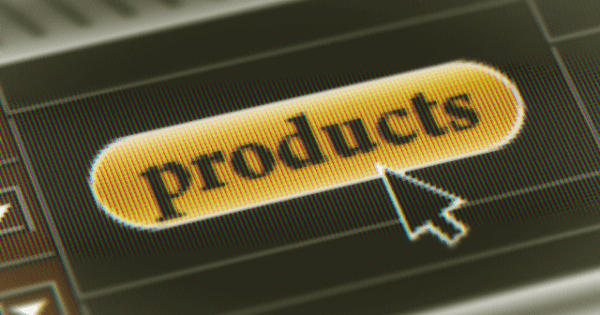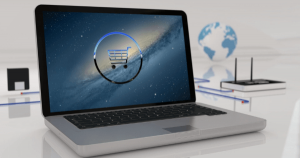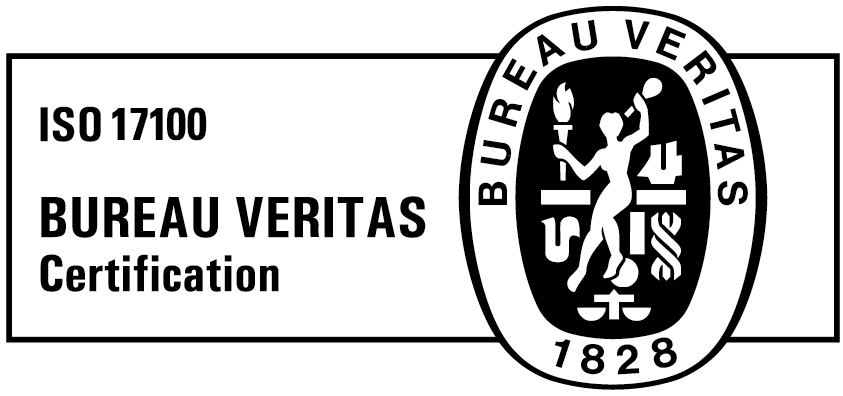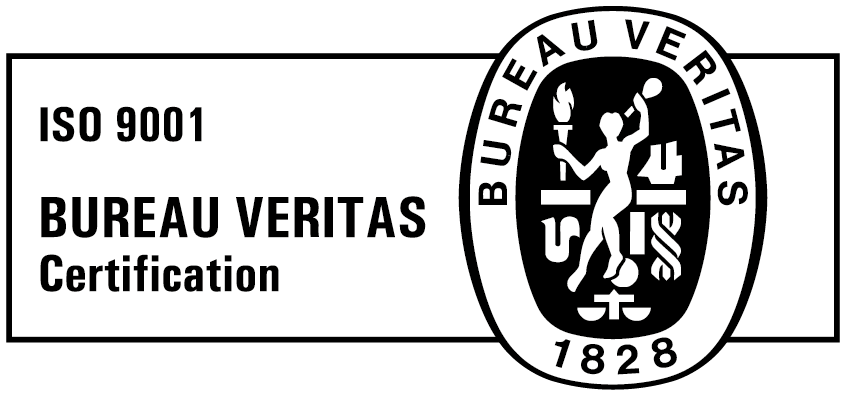Are you more of a listener? We’ve got you covered!
One of the biggest questions companies face when entering a new market is – should they translate their product name. Many businesses have realized the benefit of translation and localization of content. But should this include translating product names? Here are a few options and aspects to consider if you are a business entering a new market.
Product Name Translation: The Big Fears
There are several things to consider when translating product names. But let’s start with a few fears.
The first fear is that your product name may have a different meaning in the new market and it’s not a good one. Or culturally it doesn’t resonate with the new market or it’s offensive.
Another fear is that if you translate the name, you dilute the brand and brand recognition.
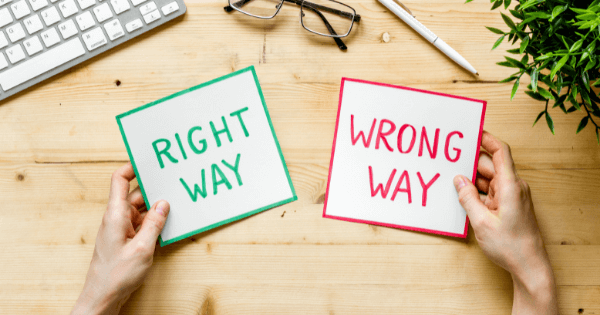
Yet another fear, what happens if you do translate the name and it falls flat? You invested resources and it still doesn’t work.
It is a very complicated question of whether you should or shouldn’t translate your product name. And the fears are legitimate.
Product translation fears have plagued big brands
Take the word “mist”. In Germany, it is slang for excrement. So, when Clairol brought in the Mist Stick (curling iron); Rolls Royce brought in their Silver Mist car and Canadian Mist brought in their whisky – their product names failed completely. Because nobody wanted a manure hair tong, car, or whisky.

On the other hand, Coca-Cola decided to try to replicate its name in Chinese characters (1928), “ko-ka-ko-la”. And consequently (and inadvertently) tried to sell local markets “bite the wax tadpole”. After this failure, they changed it to “ko-kou-ko-le” which means “to allow the mouth to be able to rejoice”.
The short answer to address the fears? Always partner with a reputable language service provider and platform. They can help you test the best option for your product and brand. And ensure your business doesn’t make a costly error when entering new markets.
Should You Translate Your Product Name?
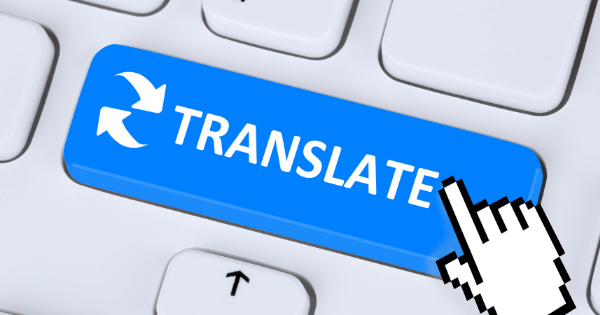
As mentioned, it’s best to partner with a reputable translation language service provider and platform (like Taia) for product name translation. But ultimately, the decision is up to you whether you should translate your product name or not. And what option will best work for you when entering new markets.
Here are a few options for you to consider.
#1 Not Translating Your Product Name
The first option for you to consider is not to change your product name at all. This is the ideal option as it bypasses the “diluting your brand” fear and is the most cost-effective option. This may be a suitable option in some regions and countries. Especially if you have checked with a native speaker and resident that your product name will be fine and relevant. But don’t use this as a default to save money or time. It must make sense.

#2 Translating Your Product Name
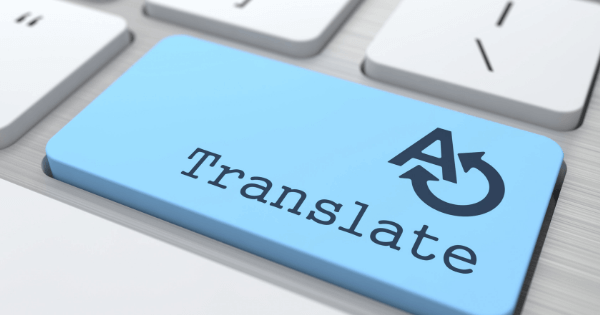
Secondly, you can do a word-for-word or literal translation of your product name. With the option of putting the original name in brackets. Once again, it is important to check with an expert partner whether this is a suitable option for your product name and brand. And that the translation doesn’t do more harm than good.
#3 Localizing Your Product Name
A third option is to look at a local equivalent for your product name. So, instead of a literal translation, translate the name so it is culturally relevant to the local market.
This must be carefully and accurately done, or you can miss the mark.
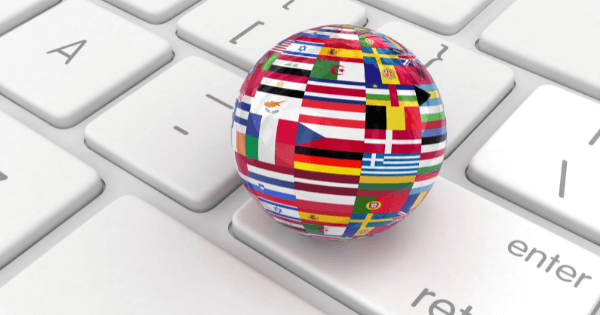
#4 Translating Your Product Name With Transliteration
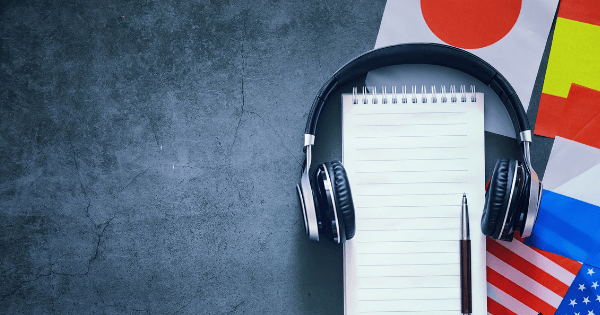
Another option is translating your product name phonetically. Like Coca-Cola did (first unsuccessfully and then successfully). This is a good option if you are translating into a language that doesn’t have the same alphabet or characters as the original language. For example, from English to Chinese, or English to Arabic.
As Coca-Cola proved, always partner with professionals that have local knowledge.
#5 Translating Your Product Name With Transcreation
This option ties in with the localization of your product name option. But it goes beyond it. Transcreation takes the intent behind the original message and reimagines it when translating. This will give your product name a new name completely. But a name that is relevant and resonates.
Transcreation not only involves a translator. But also a conceptual copywriter that is native to the market you are entering. This is the most “radical” option because it will need more research and resources. But if done perfectly can be the most rewarding.

Back To: Should You Translate Your Product Name?

As established, the decision would be up to you. If you involve an expert partner to confirm that your decision won’t harm your brand, then there’s nothing stopping you. Each option has its advantages and disadvantages. But you know your company vision best.
Bear in mind that this era is known for its “cancel” culture. Making a great first impression with your product name is essential.
Why Choose Taia When Translating Your Product Name?
Taia has a network of professionals that aren’t only language experts. But natives to local markets and industry experts. This means your company will have a partner that will guide you every step of the way. Ensuring that the transition of your product into a new market is a smooth one.
Book a free demo to find out more. Or sign-up to the platform for free.

Liked this content?
Get notified when we publish something similar.
* We don’t spam your email or share it with anyone!
